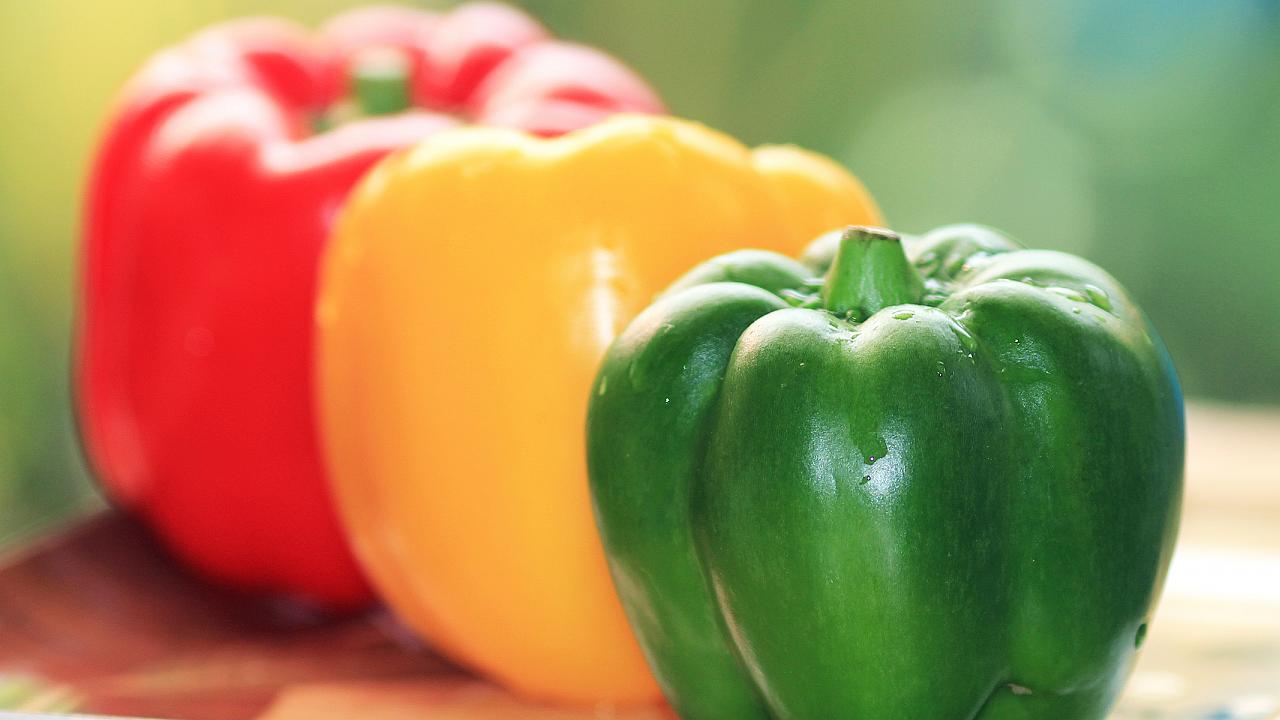We know peppers are hot. But how hot? The Scoville scale helps up put a rating to peppers. That is the simplest definition for the Scoville scale. Basically, it is a heat rating index of hot peppers. The scale goes from no heat to oh my god.
Origin of the Scoville Scale
The scale got its name thanks to its founding father, Wilbur Scoville. He was a pharmacist by trade, working for Parke-Davis Pharmaceutical Company. Wilbur created a simple way to measure the pungency of a hot pepper.
He created his signature Scoville Organoleptic Test. It is based on a dilution of ground up hot chili peppers. Scoville wanted to answer the question “how many equal parts of sugar water do I need to add to a same-sized part of ground chili pepper”.
He had a panel of tasters. They took the test, sipping concoctions of chili pepper and sugar water in multiple-day trials. When they noticed no heat, the test stopped. Imagine that, they tasted hot peppers until their mouth no longer burned from the ground hot pepper.
That is how they came up with the Scoville heat units. Those are the ones you see on the scale. For example, when you see something with 1500 SHU that means it would take 1,500 cups of water diluted into it to no longer feel any burning sensation.
What are Scoville Heat Units?
Let’s look deeper into the SHU. That is the measurement of the number of times capsaicin needs to be diluted by sugar-water. SHU represents the amount of capsaicin present. The higher the rating, the hotter the pepper.
To determine the SHU, they mix an alcohol extract of capsaicin oil from a dried pepper. Then, they mix it with a solution of water and sugar.
Modern Technology Takes Over
Nowadays, there is no need for testers. Modern science has helped the Scoville method go further than before.
Nowadays, they determine the hotness of peppers by high-performance liquid chromatography. This test measures the chemical capsaicin in chili peppers. However, due to nostalgia, scientists still convert their results back into Scoville units.
Subjectivity of the Scoville Scale
Wilbur Scoville created the scale back in 1912. At the time, modern technology was not as advanced. So, at the time, it was a great way to determine hotness. Nowadays, we can see the weaknesses of the Scoville scale.
Science is far more advanced nowadays. And science shows the weaknesses of the scale. Here are three reasons why the Scoville scale is subjective.
First and foremost, human subjectivity. The test relies on the variance in people’s taste buds. We know today that you and your friend have different level of hotness you can take. Therefore, the results can vary from one tester to another.
Another aspect is location. Where the pepper is grown? Same as with other vegetables, peppers take on the flavors of the earth they are grown in. Therefore, the heat can vary depending where in the world you grow the pepper.
Last, but not least, variance in peppers. Like humans, there no two peppers alike. They can have differences in heat.
Some scientists even say that the HPLC test has questions surrounding the conversion into Scoville scale.
Can a hot pepper kill you?
One research in 1980 calculated that 3 pounds of extremely hot peppers in powder form eaten all at once could kill a 150-pound person. But that is just calculation. Why would you eat 3 pounds of hot pepper powder all at once? If you are crazy enough to do it, yes, it can kill.
Carolina Reaper is the top-ranked pepper on the Scoville scale. Eating one will provide hours or couple of days of very serious discomfort. Your body needs to process the heat. But there are no long-term dangers of eating it.
Ranking Hottest Peppers
For illustration, here are a couple of common hot peppers on the Scoville scale.
- Highest ranked is Carolina Reaper, with a rating of 2.2 million SHU
- Naga Viper – 1.3 million SHU
- Ghost pepper – 1 million SHU
- Red Savina pepper – 500,000 SHU
- Habanero pepper and scotch bonnet pepper – 100,000 up to 350,000 SHU
- Cayenne Pepper – 30,000 to 50,000 SHU
- Chipotle pepper – 5,000 to 10,000 SHU
- Jalapeno pepper – 2,500 to 5,000 SHU



